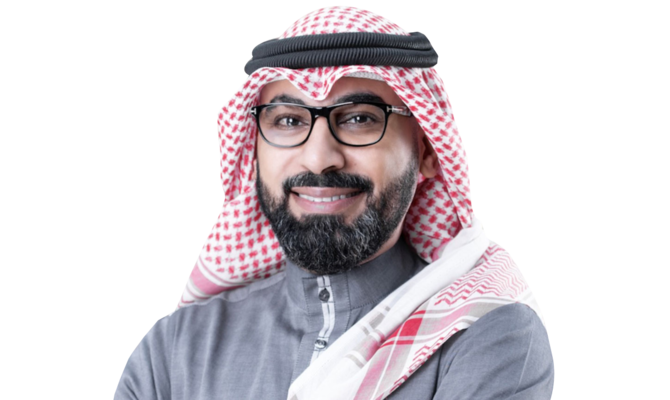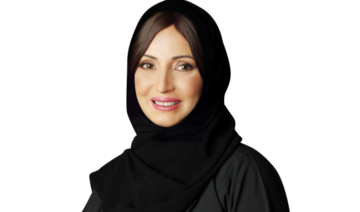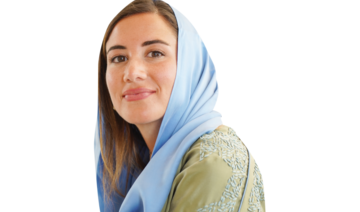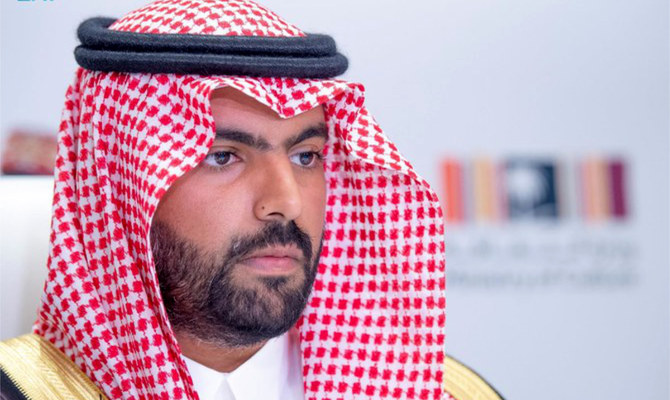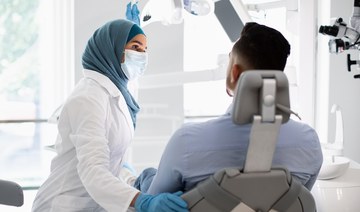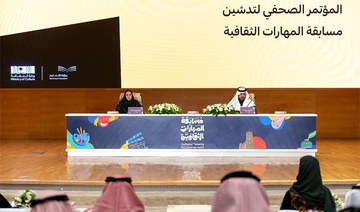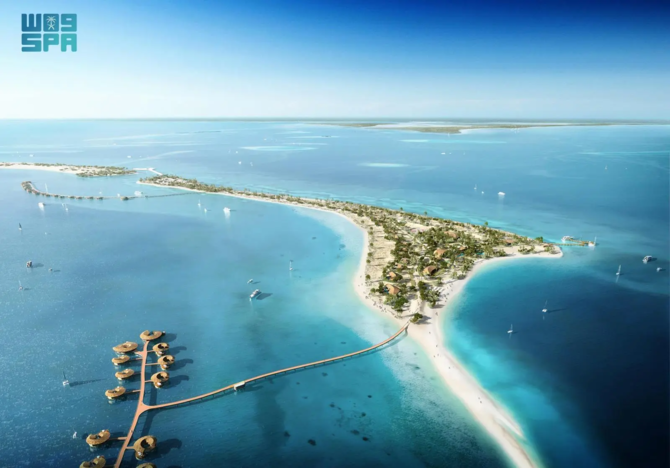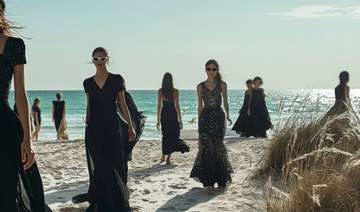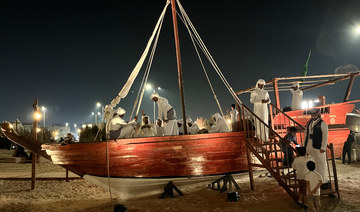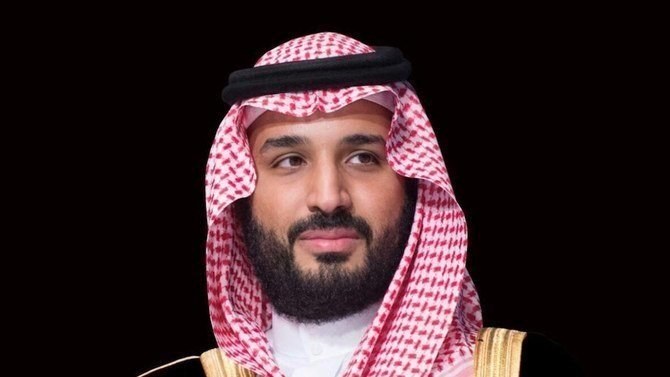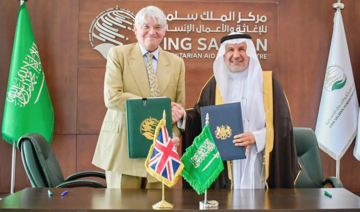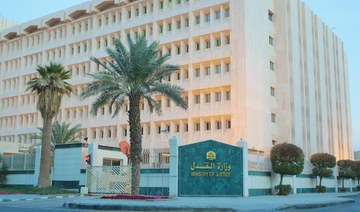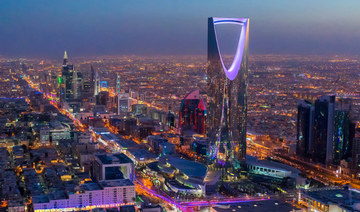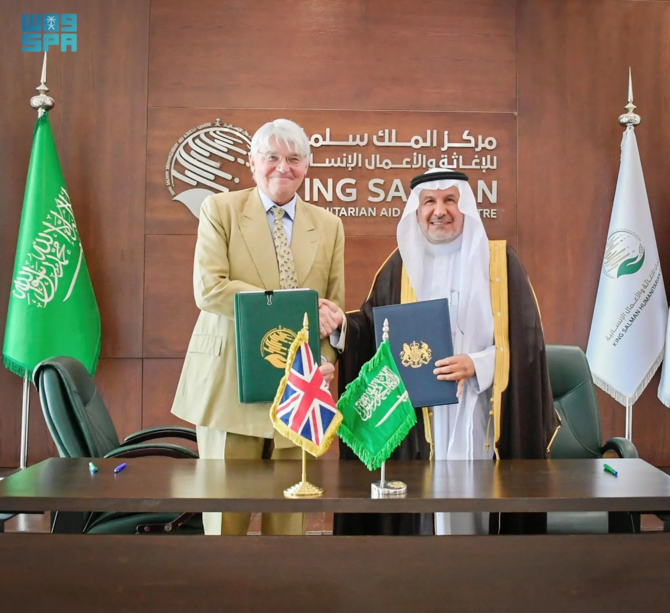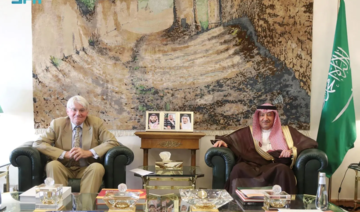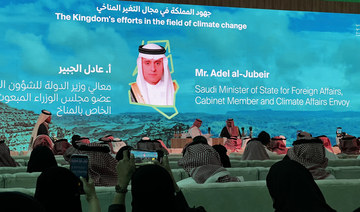Hussain AbdRab Al-Nabi is an innovation and strategy marketing leader and expert who has worked in both marketing and finance fields. He is vice president and head of marketing strategy at SAP South Europe, Middle East and Africa.
He has contributed significantly to SAP throughout his more than decade-long experience with the company.
As VP, his responsibilities include developing and implementing cohesive marketing strategies for Europe, the Middle East and Africa, and managing relationships with regional and global stakeholders across all departments.
AbdRab Al-Nabi is also executive marketing director at SAP for Saudi Arabia, Kuwait, Bahrain, Iraq, Syria, Pakistan and Afghanistan. His responsibilities cover seven countries and more than 13 major cities.
Before that, he worked as head of marketing transformation at SAP, where he led a team for restructuring the scope of marketing within the targeted countries.
In 2016, he was appointed marketing director for the newly segmented market unit of Saudi Arabia, Bahrain and Yemen, and as a financial services marketing program head for the MENA region. During that time, AbdRab Al-Nabi developed marketing programs for the financial services industry.
Previously at SAP, he was assigned as marketing lead for the public services and energy, and natural resources industries, and he worked closely with industry principles to drive a focused marketing plan.
He first joined SAP in 2011 as a country marketing manager, handling the marketing and demand generation initiatives in Saudi Arabian operations.
In 2008, AbdRab Al-Nabi worked at Zain Group as a segment manager of corporate marketing and acting head of business marketing.
Before that, he was a relationship manager in the commercial markets division at SAMBA Financial Group.
AbdRab Al-Nabi started his career in 2001 as a credit and marketing senior officer at ORIX Leasing company, and later worked as a financial controller at Arab National Bank.
He holds a bachelor’s degree in finance from King Fahd University of Petroleum and Minerals. AbdRab Al-Nabi completed the Esade executive leadership program and the Misk leaders program last year. He has also obtained certifications from the Association of International Product Marketing and Management.



